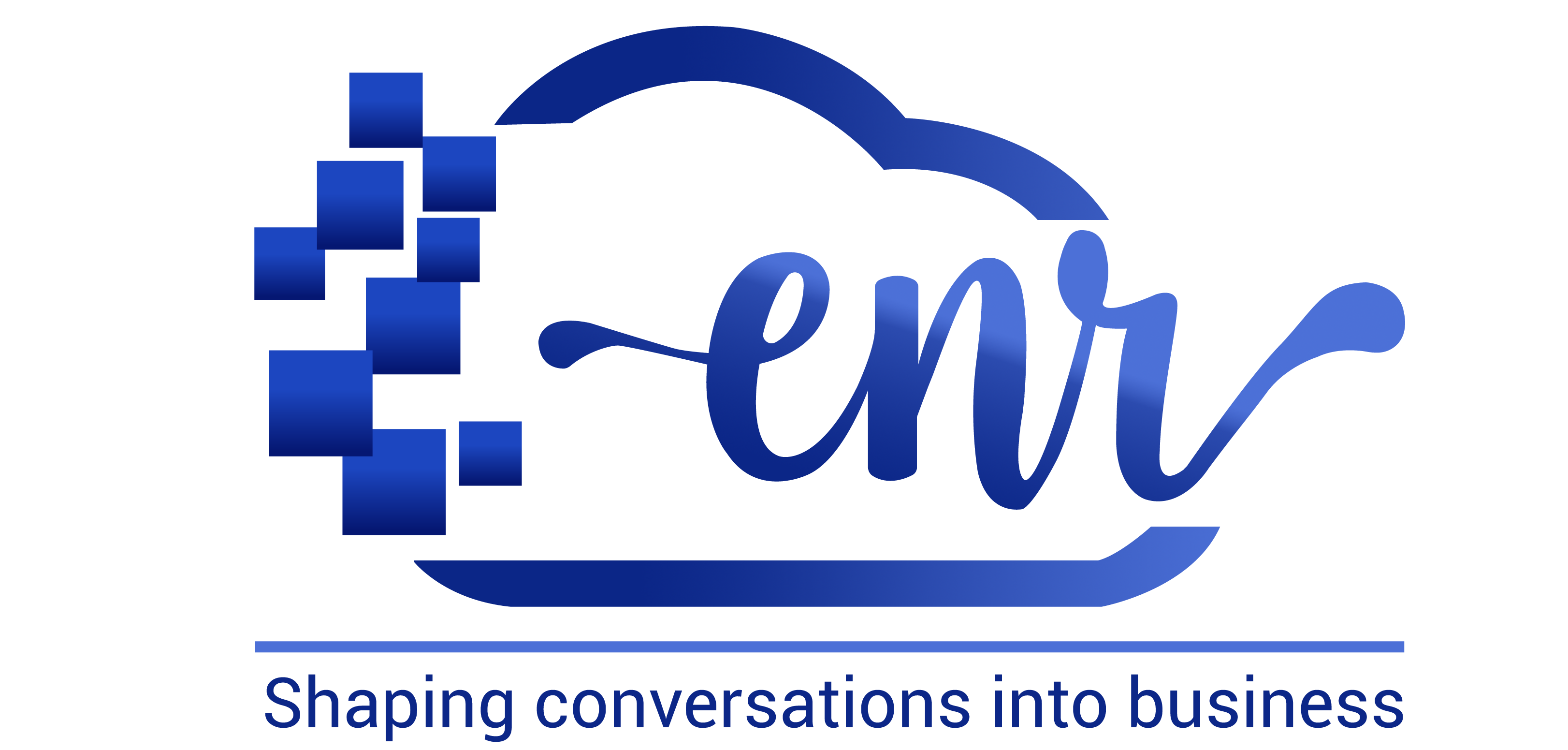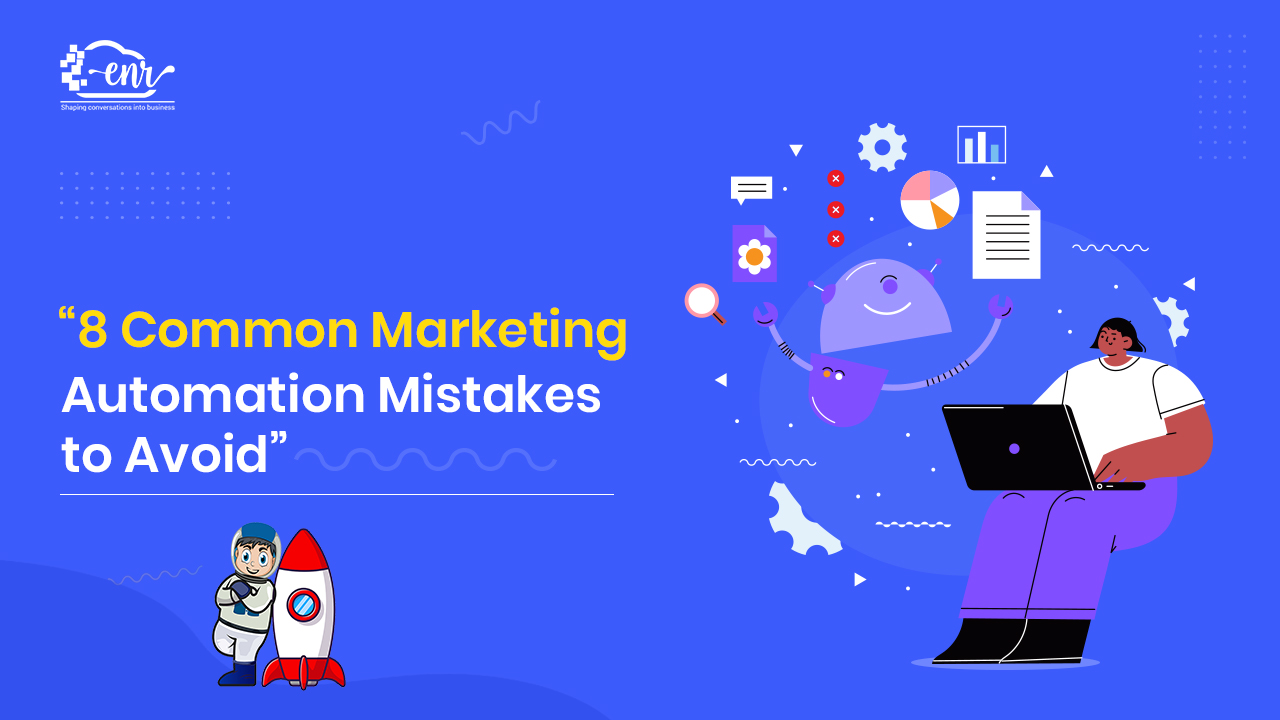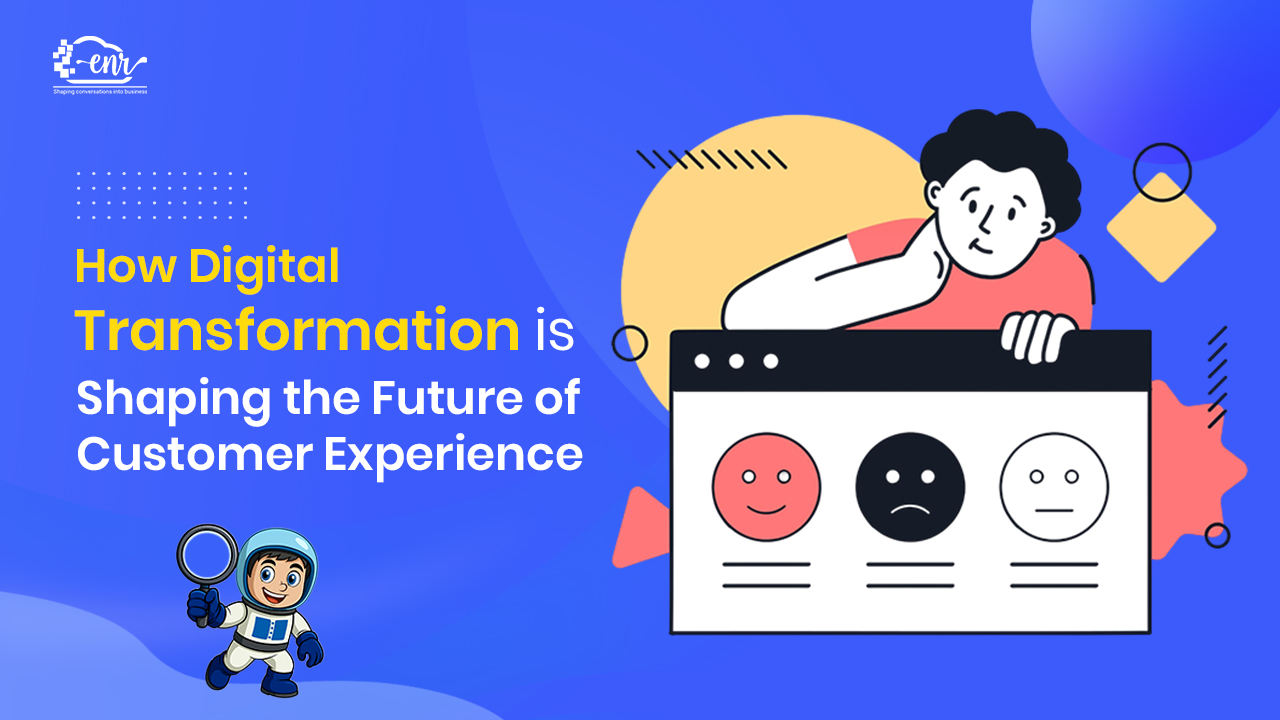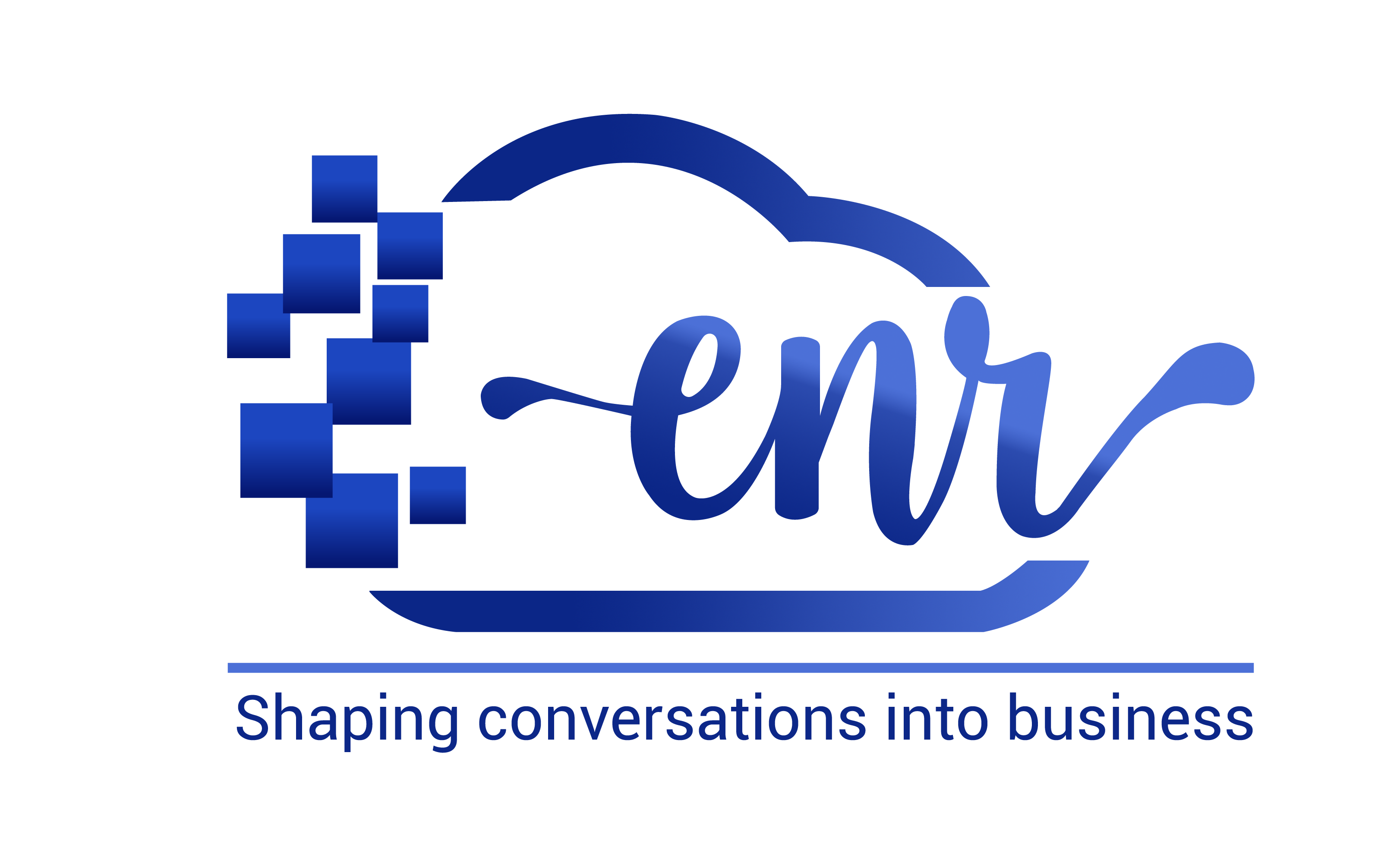Automation has become an integral part of our lives; from mobiles to businesses, everybody is enjoying the benefits of automation. Marketing automation is a part of using AI that has turned into a game changer for busy professionals grappling with the evolving digital world and competition. Over 60% of marketing professionals claim that marketing automation has helped them ease the high-impact tasks and streamline the campaigns, thus saving hours of manual labour and resources.
Marketing automation is the use of technology and AI software to take off the complicated yet mundane, repetitive tasks and workflows from the hands of the team, leaving the team free to create and refine their strategies. Marketing automation can do everything, including email campaigns, social media posting, lead nurturing, customer segmentation, reporting, and analytics. The end aim is to boost efficiency and optimize the marketing strategies.
Before you grab the first marketing automation tool, take a step back and reflect. Technology is not a replacement for human skill, strategy, experience, technique, and above all, common sense. But, correctly used, it can powerfully leverage and scale a solid marketing strategy and team. Marketing automation can streamline processes, enhance personalization, and greatly boost the ROI. There are some common marketing automation mistakes that could kill your success chances with missed opportunities, wasted resources, and even damage your brand reputation.
Here are 8 common mistakes to dodge in your automation campaigns.
Table of Contents
ToggleStop these 8 common mistake in Marketing Automation
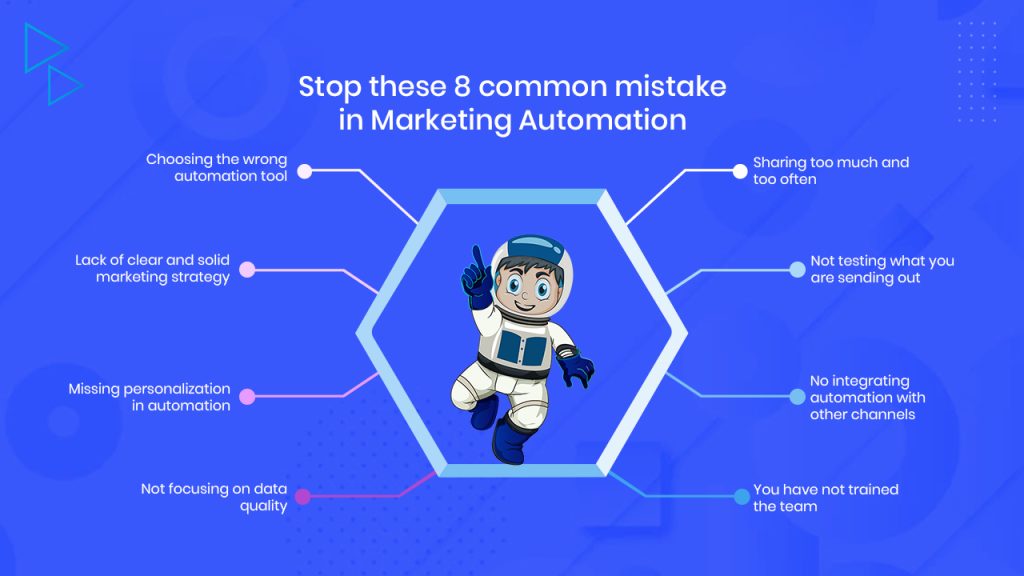
Choosing the wrong automation tool
A big challenge for most businesses is finding the marketing automation tool that fits their needs. But it is easier said than done. More than 45% of marketers admit that they struggle to find the right software, and over 59% admit that they are not using it to its full potential.
When shopping for a system, look beyond the benefits, features, and cost. Look inwards at the resources you have to maintain the system. Then look for a user-friendly tool that is scalable, has advanced analytics, supports the customer service, and can be seamlessly integrated.
Many times, companies buy a system and then realize it is not working out but refuse to switch because of the investment. It is wrong to assume that the new tool will be as costly as the first one. There are some tools that can make the transition easy and make sure that no data is lost.
Lack of clear and solid marketing strategy
Without a clearly defined marketing strategy, the marketing automation tool is just a gadget and nothing else. One of the biggest mistakes is to dive into automation without a goal. The system is not the problem then. A comprehensive strategy in place is the sure shot way of supercharging the automation tool.
Here are some tips to help:
- Jot down the campaign objectives. Is your aim to lead generation and nurturing or retention, etc.
- Who is the target audience?
- What KPIs do you need to measure success?
- For larger campaigns, break them into smaller workflows.
Your marketing strategy should align with your content and social media plan clearly. Even the best of automation tools will fail without a strong content strategy. and the success of your strategy will be determined by the right automation tool.
Missing personalization in automation
Just letting automation take over without any personalization is the most common mistake made by many owners. Not knowing your target audience will only do more harm to the campaign. Over-automation becomes too generic and alienates customers. Without personalization, automation feels robotic and impersonal.
Use segmentation to create behavior-based triggers for personalized messages. Understand the audience’s likes and dislikes to create content that resonates with them.
Use the customer data through analytics to tailor the subject lines, content, and offers to specific needs or interests. Adding a touch of personalization builds trust and helps with customer retention.
Not focusing on data quality
Automation relies heavily on data quality. Feeding dirty data (incorrect, outdated, or incomplete) will only result in erroneous results and inefficiencies. 58% of B2B marketers feel that quality data is the key to using marketing automation tools to their full potential. Messy databases lead to irrelevant messaging, delivery errors, wasted time, lower engagement, and tarnished IP reputation for the brand and lost customers.
Keep the data-base clean by updating it regularly. There are many tools available that can help you in the process by validating email addresses, removing dead emails and duplications, and segmenting your contacts accurately.
Sharing too much and too often
Yes, you can send as many messages as you want with automation. but it does not mean you have to. Overwhelming your audience with too many automated emails and messages and sharing irrelevant information at odd hours will turn the customers the other way and lead to more un-subscriptions and spam complaints.
Strike a balance by focusing on quality rather than quantity. Set and review the frequency caps and test the schedules to determine the optimal timing for the audience. Design your content to focus on increasing engagement. Ensure that you give clear opt-out option at all touchpoints of communications.
Not testing what you are sending out
Marketing automation is a powerful tool if you are sending out the information that resonates with the customer. Skipping on quality assurance and A/B testing before launching the workflows can reduce the effectiveness of your campaign greatly.
Test your emails and messages on different parameters before sending them out. This makes sure they look great and deliver the right message.
Testing includes
- Subject lines
- Email layout and mobile responsiveness
- Timing and triggers
- Accuracy of the content and personalization
This little extra step will attract more customers and help you in the long-run.
No integrating automation with other channels
Marketing automation is not a standalone tool. Using it with other tools such as CRM and sales automation will give the customer a more consistent experience and increase its potential. Customers prefer brands that give the same information and support on multiple channels.
Use the marketing automation tools with CRM, Social medial automations, SMS, and other advertising tools.
You have not trained the team
Every tool you invest in is only as good as your team’s ability to use it. Upskilling and regular training has to be a priority in any organization. Give your team the knowledge to succeed in marketing automation. Teach what is relevant to each group.
Hold regular sessions to ensure that your team knows the capabilities of the tool and understands the process. When your team is well trained, you will get the full value of investment in marketing automation.
Conclusion
Marketing automation is not a ‘set it and forget it’ investment. It needs your hands-on approach. Keep checking the performance, analyze the data, and keep fine-tuning the strategy accordingly. Marketing automation is not foolproof; by avoiding the common mistake with the use of strategic planning and monitoring, you can build safe customer-centric practices and get long-term results.
Read Also: What is Lifecycle Marketing? A Complete Guide
Written By – Rajni Bhateja
I’m Rajni Bhateja, and I’m passionate about fostering positive work environments and cultivating employee growth. As the Head of HR and Employee Engagement, I’m dedicated to creating a supportive and inclusive workplace culture that encourages collaboration, innovation, and professional development. With a strong background in human resources and a keen eye for talent development, I strive to inspire and motivate teams to reach their full potential. Let’s connect and explore ways to build a brighter future together!
